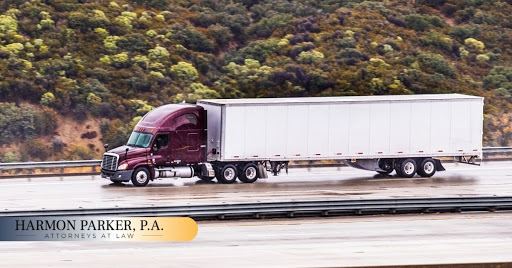If you’ve ever been in someone’s blind spot when they attempt to change lanes, you’ve likely had that moment of chest-tightening panic.
Consider your own vehicle’s blind spots and how difficult it can be to determine whether there is a vehicle driving in your blind spot.
Now, multiply that difficulty by ten. That’s how hard it is for trucks to determine if there are vehicles in their blind spots.
Where to Find a Truck’s Blind Spots
Commercial trucks have significantly larger blind spots than passenger vehicles.
Large trucks have little to no visibility in the following areas:
Up to 25 feet (ft) in front of the truck
Up to 200 ft behind the truck
On the left side of the truck - in the lane to the left, two car lengths from the end of the cab
On the right side of the truck - in the two lanes to the right, one car length from the end of the cab in the first lane, and two car lengths from the end of the cab in the second lane to the right
Review the graphic below from the United States Federal Motor Carrier Safety Administration (FMCSA) for a visual of trucks’ blind spots.
Trucks Can’t Stop As Cars Can
Due to their sheer weight and size, commercial trucks need a lot more space and time to slow down than passenger vehicles. A loaded semi-truck moving at 65 mph needs about 530ft to safely come to a complete stop.
That’s one of the reasons why it’s so important for passenger vehicles to avoid driving in trucks’ blind spots. By the time a truck sees you, it could be too late.
Do your best to stay safe while driving around trucks by staying out of their blind spots.
If you’ve been involved in an accident with a truck in which you sustained injuries, you may be entitled to compensation. Our team at Harmon Parker is highly experienced with these types of cases and has helped many others just like you. Don’t hesitate to contact our firm with your case right away.
Call Harmon Parker, Attorneys at Law today at (813) 452-4144 to learn more about how we can help you recover over a free consultation.





